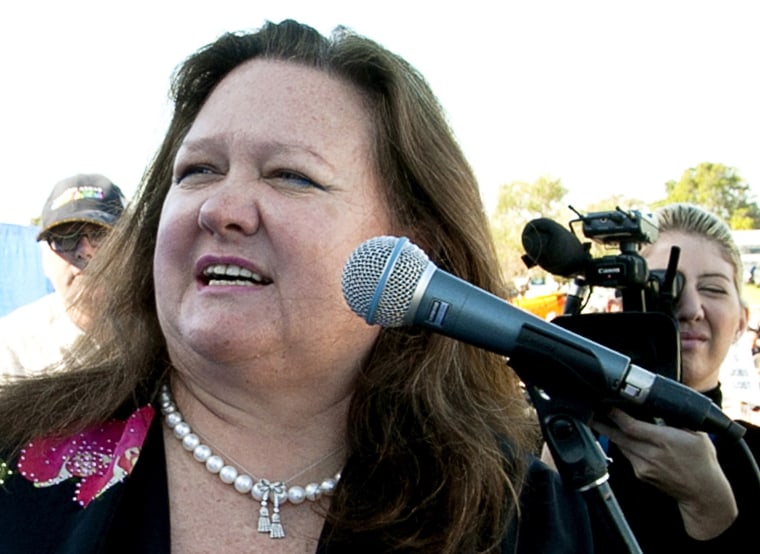Gina Rinehart, dubbed Australia’s richest person by Forbes, lost control of a roughly $3.8 billion trust in court on Thursday, putting to rest a long-simmering feud between the mining heiress and two of her four adult children.
Rinehart earned worldwide derision for a video appearance she made back in 2012, decrying Australians’ work ethic and comparing them unfavorably to African laborers, saying, “Africans… are willing to work for less than $2 per day.” And Rinehart wrote in an article shortly before the video aired, “If you're jealous of those with more money... spend less time drinking, or smoking and socialising and more time working.”
In yesterday’s ruling, New South Wales Supreme Court Judge Paul Brereton appointed Rinehart’s daughter, Bianca Rinehart, trustee of the disputed Hope Margaret Hancock Trust, which contains about a one-quarter stake in Hancock Prospecting Pty. Ltd., the mining company the Rinehart matriarch inherited from her father and expanded over the years.
The ruling explained that although the younger Ms. Rinehart did have a potential conflict of interest as trustee, the options her mother’s side suggested had even bigger problems. “Two of the trustee companies did not provide adequate assurance of independence from and ability to resist the influence of Mrs Rinehart, and there was potential for Mrs Rinehart to acquire influence in the third,” Brereton wrote.
It’s been a rough year for Rinehart, although it might be hard to feel sorry for her. She still is worth about $12 billion — although that’s $6 billion less than a year ago, according to Forbes Australia, which blamed volatility in iron ore prices and the depreciation of the Australian dollar for the sharp drop.
